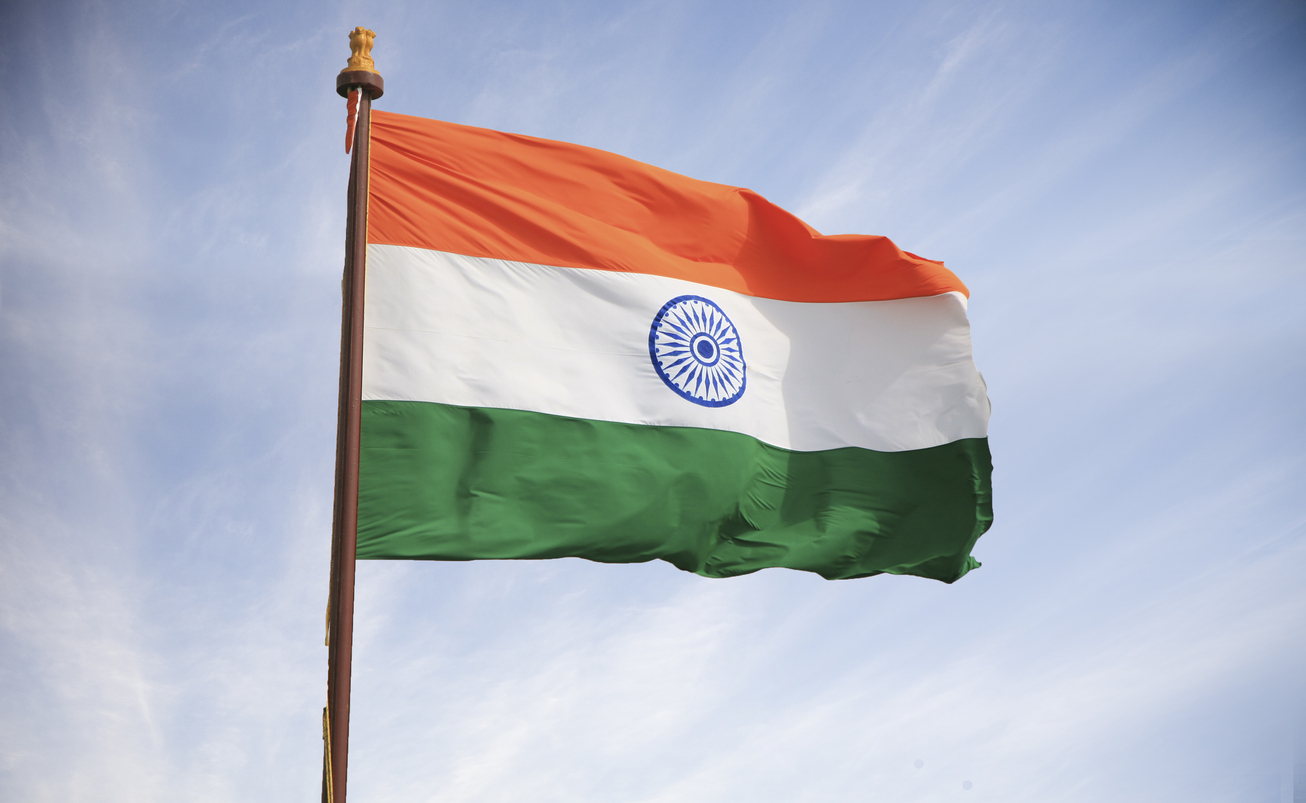PM reviews execution of schemes promised on I-Day
In his Independence Day speech, Narendra Modi mentioned ensuring affordable credit for poor and middle-class housing.
On the occasion of the 75th Independence Day of India, Prime Minister Narendra Modi has urged the countrymen to crown every house-top with the Tiranga.

Photo: iStock
Like every free nation, India too has its own national flag. The septuagenarian Independent India is ready to hoist her symbol of freedom on 15th August this year as well, ushering in Azadi Ka Amrit Mahotsav, a celebration of independence. The National Flag of India was adopted in its present form on the 22 July, 1947, a few days before India’s independence from the British on 15 August, 1947.
The flag has evolved through years until the present one was chosen. Following are flags in vogue prior to the acceptance of the tricolour as national flag:
(The Unofficial flag of India, in 1906)
The first Indian National Flag consisted of three stripes of green, yellow and red. It is said to have been hoisted on 7 August, 1906 in the Parsee Bagan Square (Green Square) in Calcutta (present-day Kolkata).
Advertisement
(The Berlin committee flag, raised by Bhikaiji Cama, in 1907)
The second flag was very similar to the first flag. It was hoisted in Paris by Madame Cama and her band of exiled revolutionaries in 1907. It was also exhibited at a socialist conference in Berlin.
(The flag used during the Home Rule Movement, in 1917)
Dr. Annie Besant and LokmanyaTilak hoisted the third flag during the Home Rule Movement in 1917. It had four green and five red horizontal stripes, with seven stars (denoting the Saptarishi). On the top left corner was the Union Jack and a white crescent and a star were on the other top corner.
(The flag unofficially adopted, in 1921)
In 1921, during the All India Congress Committee session at Bezwada (present day Vijayawada), an Andhra youth prepared a flag consisting of red and green colours, representing the Hindu and the Muslim religions respectively. Mahatma Gandhi suggested adding a white stripe for the remaining Indian communities and a spinning wheel to represent the progress of the nation.
(The flag, adopted in 1931, was the battle ensign of the Indian Army)
In 1931, a resolution was passed adopting a tricolour as our national flag. It was very similar to the present day national flag. It only has an entire spinning wheel instead of the Dharma Chakra.
(The present Tricolour flag of India)
In 1921, the design of the Indian flag was first presented to Mahatma Gandhi. It was designed by Pingali Venkayya, a university lecturer. The two colours, saffron and green, were chosen to represent the Hindu and the Muslim faith, the two principle religions of the country. Mahatma Gandhi modified the flag by adding a white stripe in the centre for the other religious communities in India. On the suggestion of Lala Hans Raj Sondhi added the traditional spinning wheel at the centre of the flag. The wheel was associated with Gandhi’s crusade to make Indians self-reliant by fabricating their own clothing.
The Indian National Flag, also known as Tiranga (tri-colour), has two-three ratio width and length. The saffron at the top bears the inborn trait of the Indians to sacrifice as well as the strength and courage of the country. The white stands for purity and peace-loving nature of the children of Mother India while the green symbolises success, fertility, growth and auspiciousness of the land. In the middle of the white stripe, there stands our Chakra (a navy blue wheel). Its diameter approximates to the width of the white stripe and has 24 spokes. Also, known as the Dharma Chakra, it depicts the “wheel of the law. Its design is the same as the wheel which appears on the abacus of the Sarnath Lion Capital made by the 3rd-century BC Mauryan Emperor Ashoka. The wheel with 24 spokes, stands for progress would surely inspire the new slogan “Make in India”.
On the occasion of the 75th Independence Day of India, Prime Minister Narendra Modi has urged the countrymen to crown every house-top with the Tiranga. As per the existing custom, the National Flag is hoisted in educational institutions like schools and colleges to inspire the students to respect the National Flag. According to Section 2 of the new code all citizens have the right to fly the flag atop their private premises. This is going to be implemented and ensured through the Har Ghar Tiranga campaign.
Indians feel elated whenever the Tiranga flies with the braggadocio for the freedom fighters, yet with the most humble message for the country men. It is the pride of the nation. It is a symbol of honour, patriotism and freedom of our country. Irrespective of the differences of language, culture and religion in India, the Indian National Flag brings all the Indians together, representing the unity of the country.
Advertisement